Notebook
-
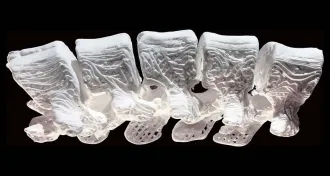 Materials Science
Materials ScienceSuperflexible, 3-D printed “bones” trigger new growth
New ultraflexible material could be the future of bone repair, but awaits human testing.
-
 Health & Medicine
Health & Medicine50 years ago, noise was a nuisance (it still is)
In 1966, scientists warned of the physical and psychological dangers of a louder world.
-
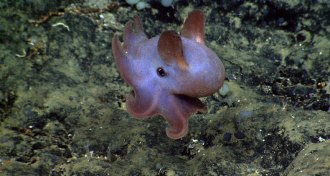 Oceans
OceansAtlantic monument is home to unique and varied creatures
A region of ocean off the coast of Cape Cod has become the first U.S. marine national monument in the Atlantic Ocean.
-
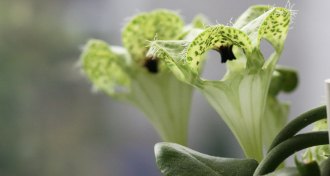 Plants
PlantsFlower lures pollinators with smell of honeybee fear
When it comes to attracting pollinators, one flower species catches more flies with honeybees.
-
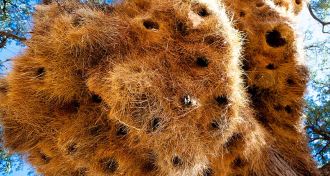 Animals
AnimalsExtreme bird nests bring comforts and catastrophe
Extreme bird nests of Southern Africa’s weaverbirds offer condo living in tough temperatures.
By Susan Milius -
 Tech
TechWi-Fi can help house distinguish between members
Using Wi-Fi, computers could one day identify individual family members in a smart home.
-
 Health & Medicine
Health & MedicineIt’s time to retire the five-second rule
Wet food can slurp bacteria off the floor in less than a second.
-
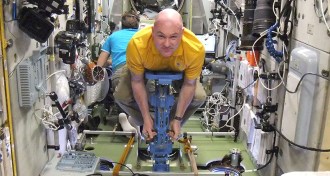 Astronomy
AstronomyOld-school contraptions still work for weighing astronauts
To weigh themselves, astronauts still use technology invented about 50 years ago.
-
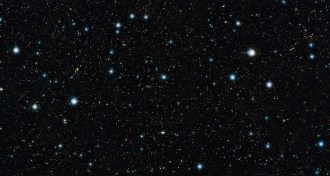 Astronomy
AstronomyThe sun isn’t the only light source behind that summer tan
About 99.999% of the light that creates a suntan comes from the sun; the rest comes from the Big Bang and galaxies throughout the universe.
-
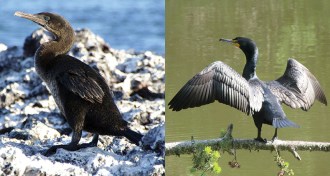 Genetics
GeneticsTo study Galápagos cormorants, a geneticist gets creative
To collect DNA from four cormorant species, this scientist called in bird scientists far and wide.
-
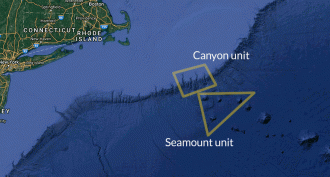 Oceans
OceansFirst U.S. ocean monument named in the Atlantic
A region of ocean off the coast of Cape Cod has become the first U.S. marine national monument in the Atlantic Ocean, President Barack Obama announced.
-
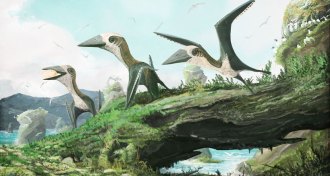 Paleontology
PaleontologyPterosaurs weren’t all super-sized in the Late Cretaceous
A 77-million-year-old flying reptile may be the smallest pterosaur of the Late Cretaceous.
By Meghan Rosen